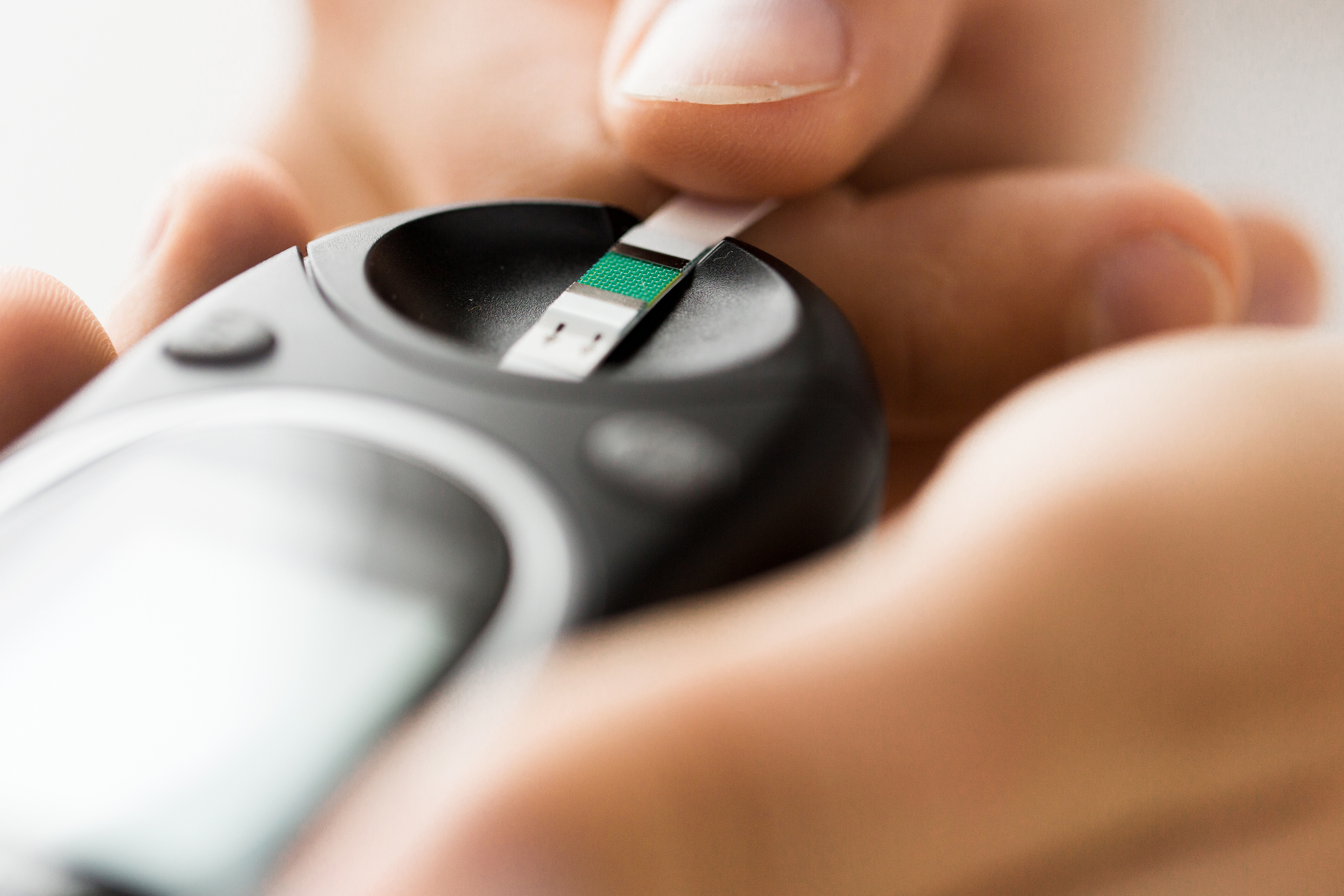
THERE is a “seven year switch” in people with Type 1 diabetes before insulin levels stabilise, scientists have revealed.
New research has shown that the rapid decline in insulin production, which causes Type 1 diabetes, continues to fall by almost 50% each year for seven years and then stabilises.
Scientists at the University of Exeter said the findings were a major step forward in understanding Type 1 diabetes, and contradicts previous beliefs that the insulin produced by people with the condition drops relentlessly with time.
It also offers the hope that by understanding what changes after seven years, new strategies could be developed to preserve insulin secreting beta-cells in patients.
The study of 1,549 people from Exeter and Tayside measured C-peptide, which is produced at the same time and in the same quantities as the insulin that regulates our blood sugar.
By measuring C-peptide levels in blood or in urine, scientists can tell how much insulin a person is producing themselves, even if they are taking insulin injections as treatment.
Dr Beverley Shields, who led the research, said: “This finding is really exciting. It suggests that a person with Type 1 diabetes will keep any working beta-cells they still have seven years after diagnosis.
“We are not sure why this is. It may well be that there is a small group of ‘resilient’ beta-cells resistant to immune attack and these are left after all the ‘susceptible’ beta-cells are destroyed.
“Understanding what is special about these ‘resilient’ beta-cells may open new pathways to treatment for Type 1 diabetes.”
Type 1 diabetes affects around 400,000 people in the UK.
The disease commonly starts in childhood ,but can develop at any age and causes the body’s own immune system to attack and destroy the insulin-producing cells in the pancreas – leaving the patient dependent on life-long insulin injections.
Professor Andrew Hattersley added: “Now we know there is a ‘seven year switch’, the next question is why?
“Has the immune attack stopped or are we left with ‘super beta-cells’ that can resist the immune onslaught.
“Any insights into halting the relentless destruction of the precious insulin-producing cells are valuable.”
The study, C-peptide decline in type 1 diabetes has two phases: an initial exponential fall and a subsequent stable phase, is published in the journal Diabetes Care.

Enjoy the convenience of having The Sunday Post delivered as a digital ePaper straight to your smartphone, tablet or computer.
Subscribe for only £5.49 a month and enjoy all the benefits of the printed paper as a digital replica.
Subscribe